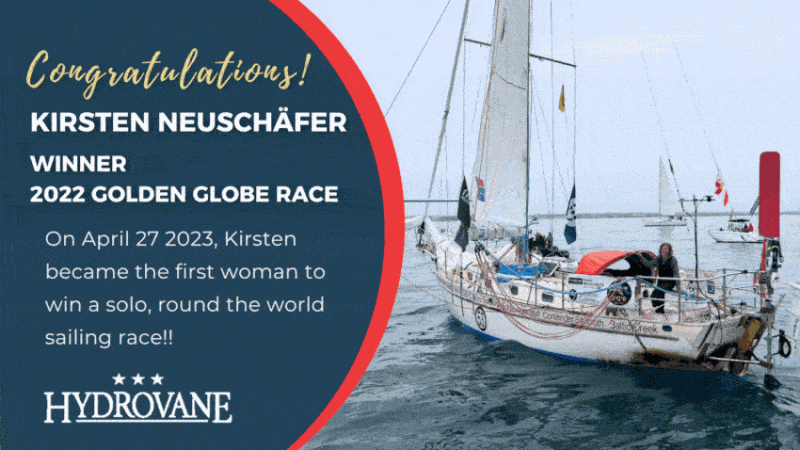
Weekend Weather Washes Boats Ashore in Port San Luis
Central Coast resident and Latitude reader Jeff Chamberlain and his partner Paige were escaping cabin fever on Sunday and took a trip by Port San Luis to see if there was any storm damage. At first run it looked fine …
“We were there at maybe 10 a.m.-ish,” Jeff wrote, “and surprisingly, even though it was definitely pretty frothy out in the mooring field, I saw no fresh victims that had blown ashore, which kind of surprised me …?
“We took off after a time and and about 30 minutes later, my phone started blowing up with photos of three boats that had careened ashore. Looked like we had just missed the wave of boats that apparently had come to a foul end.”
On Monday Jeff went back to see what was going on.
“It was all a familiar scene out of my personal history,” he wrote.


“The usual case is that most of these boats never have any insurance of any kind, so the Port usually has to bear the cost of the vessel’s removal,” Jeff writes. “Trust me, this is a timeless story that just repeats itself most stormy years.”




“I’ve found that sailors are mostly dreamers, but this is usually a dream they never foresee for some reason,” Jeff continued.
“In most cases,” he says, “the ‘reason’ for this type of ordeal can usually be traced to the chafing gear coming up off the mooring and onto the vessel’s bow cleat/attachment.
“A true southerly blowing into Port puts the chafing gear and pennant through a merciless, ungodly ordeal,” Jeff says, adding that it’s not unusual for there to be some boats that can’t hold out against such force for an extended period of time, “without something breaking or giving way.”
We agree, it is sad to see these boats on the shore, and whether it’s due to chafing or some other reason, we again mourn the untimely loss of boats that otherwise appear to be in good, (mostly) seaworthy shape. We can’t stress enough: Check your gear, check your lines, and be prepared.
Good Jibes #128: Marie Rogers on the DEI Gap in Sailing
This week’s host, John Arndt, is joined by award-winning sailor Marie Rogers to chat about diversity in sailing. Marie is a US Sailing board member, the staff commodore of the Los Angeles Yacht Club (LAYC), and the founder of the nonprofit Offshore Racing Outreach (ORO).

Hear how she learned to sail as an adult, what changed the trajectory of her sailing career, when she realized the lack of diversity in the sport, her mission to introduce sailing to people from all backgrounds, and her best advice for fellow sailors.
This episode covers everything from diversity to sailing school. Here’s a small sample of what you will hear:
- How did Marie overcome standing on the sidelines as a parent?
- What is Offshore Racing Outreach?
- How do we empower more women to sail?
- What’s next for Marie’s boat?
- How do we inspire people from diverse backgrounds to sail?
- Port vs. starboard
- How has Marie’s experience been at US Sailing?
- Short Tacks: What’s her longest voyage?
Learn more at SailORO.org.
We also wrote about Marie Rogers, her nonprofit Offshore Racing Outreach, and her boat Good Trouble to highlight Black History Month, in February’s Sightings. ORO’s Andrews 56 Good Trouble completed the 2023 Transpac, finishing fifth in its class and without injuries or major breakdowns in 11 days between L.A. and Hawaii.
Good Trouble’s crew comprised mostly people of color, including five women in a nine-person crew. ORO’s core mission is to recruit and train individuals in the sport of big-boat offshore sailboat racing. It’s a program that’s one of a kind, not only on the West Coast but probably across the country. (Good Trouble is an homage to the late congressman and civil rights activist John Lewis: “Get in good trouble, necessary trouble, and redeem the soul of America.”)
Marie Rogers, the boat’s skipper and a former commodore of the Los Angeles Yacht Club, described herself as “ecstatic” over the results. Read the full story at Latitude 38.
Listen to the episode on Apple Podcasts, Spotify, and your other favorite podcast spots — follow and leave a 5-star review if you’re feeling the Good Jibes!
Steering the Dream With Hydrovane
Hydrovane is your best crew member: an independent self-steering windvane and emergency rudder/steering system … ready to go!
Ken Keefe Sends a Winter Window on Nautor Swan in Finland
If you were ever wondering why Nautor Swan builds great boats in Finland, this photo from Nautor Swan dealer Ken Keefe helps explain it. Clearly, Nautor Swan wanted to build boats so they could all sail south for the winter. Most of the Swans we know have been white, so this may also show where they got their color scheme.
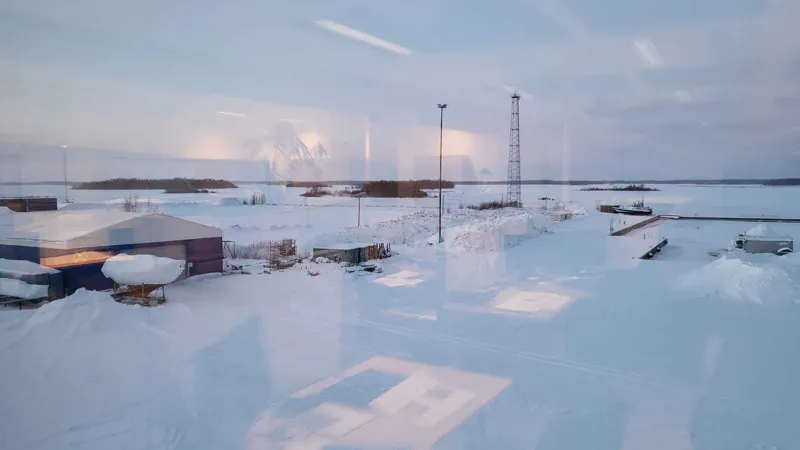
New advertiser Ken Keefe of Keefe Pacific, dealer for Nautor Swan, is in the current issue of Latitude 38. Ken reports he has five Nautor Swan projects under construction in the frozen North. Summer in the Baltic can be nice, but we assume most will sail south after that.
More West Coast Sailors Among US Sailing Award Recipients
On Monday we wrote about two California programs that were awarded at the recent US Sailing National Sailing Programs Symposium: Alameda Community Sailing Center, and Mission Bay Aquatic Center in San Diego. Today we’re sharing the news of three more West Coast award winners for their contributions to sailing.
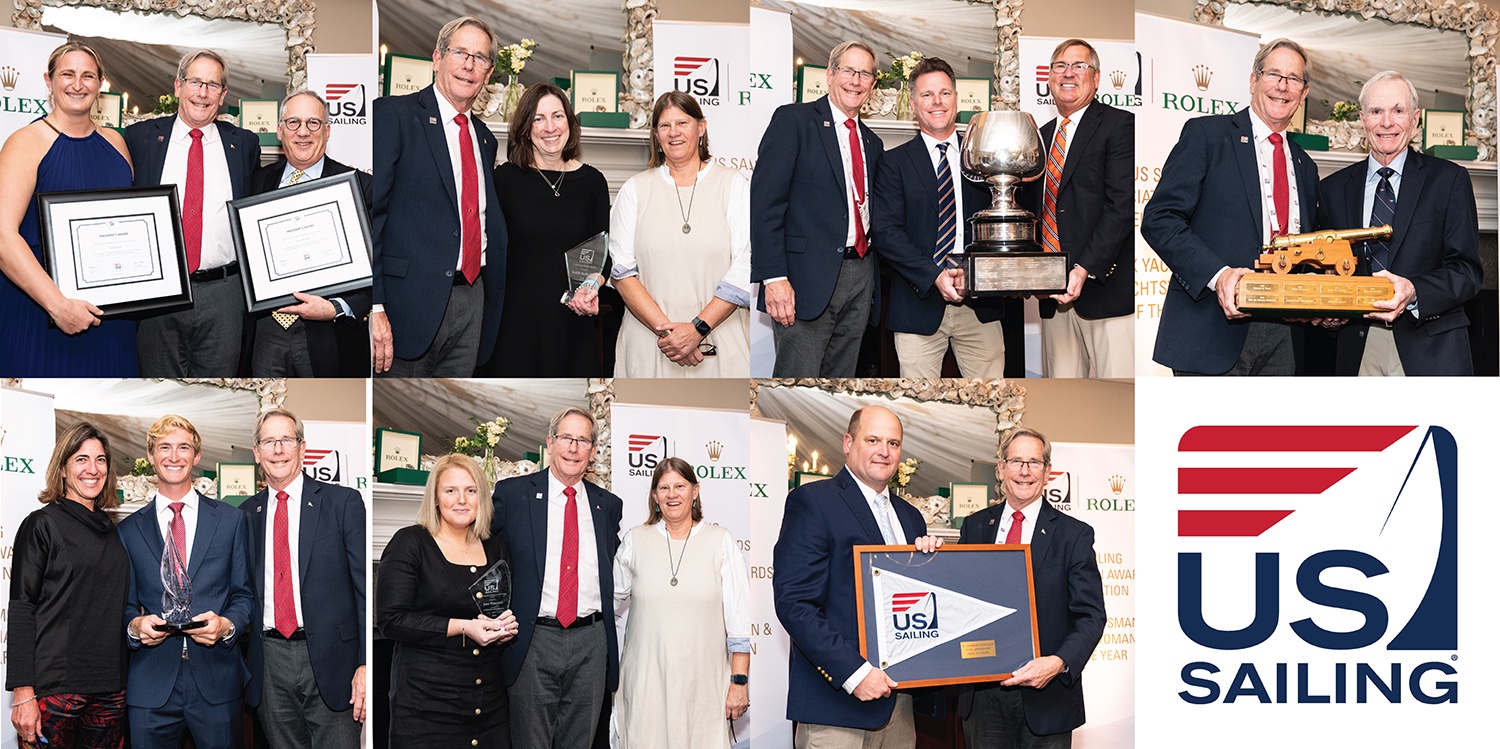
Rob Overton of Alameda received the Harman Hawkins Trophy, presented by the Race Administration Committee to an individual who has made outstanding contributions to the sport in the field of race administration.
Overton has raced and cruised sailboats for over 65 years, including campaigning a 470 in the 1976 Olympic Trials, and has won a variety of regional, national, and North American championships in Lasers and J/24s. He and his wife have sailed over 30,000 miles in their 50-ft sloop, including three Atlantic crossings.
In 1990, after responding to an article soliciting suggestions to simplify racing rules with 19 pages of suggestions, Overton was nominated to join the Racing Rules Committee. Thirty-four years later he has overseen the publication of eight rulebooks, and is the original author of more than a dozen rules now in the Racing Rules of Sailing.
Overton has also served on multiple World Sailing working parties and the World Sailing Team Race Rules working party, the Team Race Call Book working party, and the Rapid Response Call working party. He is a national judge and an international umpire. One friend wrote about Overton that he “always answers the phone and is never too busy to talk about the rules, do hearings, or go racing.”
The Newport Harbor Yacht Club (NHYC) has been awarded the The St. Petersburg Yacht Club Trophy for its efforts as a “local sailing organization with exceptional race management at a specific event.” The winner is chosen based on race management excellence, including evaluation by participating skippers.
NHYC received the award for the 14th Baldwin Cup Team Race, an annual four-on-four competition among 12 teams. The race committee ran 126 races over three days despite light and variable winds and tricky crosscurrents caused by runoff from heavy rains. Close to 200 NHYC members supported the event, from pit crew to boat procurement, housing for competitors and umpires, sponsor fulfillment, filming, live-streaming the event, and announcing from shore. NHYC worked with members and mooring owners to clear a course area close to the club to create a stadium-style racing experience.
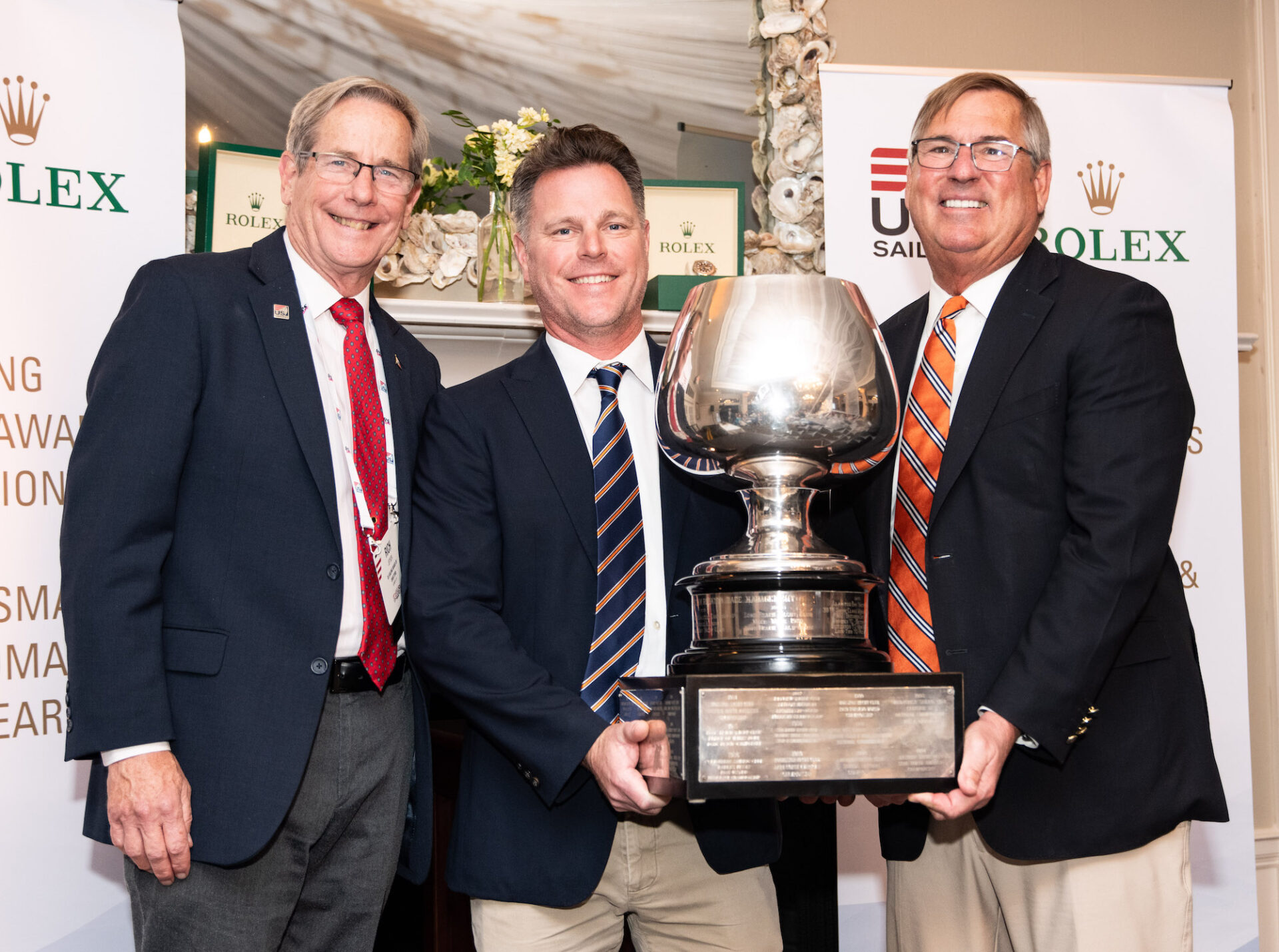
Farther north, the Seattle Yacht Club has received the Captain Joe Prosser Award, which was created to recognize the life achievements of the Merchant Marine Academy’s first sailing master, Captain C.A. “Joe” Prosser. Winning organizations embody all characteristics of the award’s namesake, namely honor, integrity, and a selfless dedication to the sport.
The Seattle Yacht Club is the first two-time recipient of the award, which reflects their consistency and continued excellence in sail training. They have one of the largest yacht club sailing programs in the Northwest, with over 600 junior sailing program participants, and over 70 participants in their adult sailing program. With programs for children as young as 7, they have created an effective pathway that starts sailors as kids and keeps them into adulthood.
Their programs are run by a team of 50-plus instructors who work to ensure that students are set up to succeed, regardless of whether they are a new sailor or a veteran.
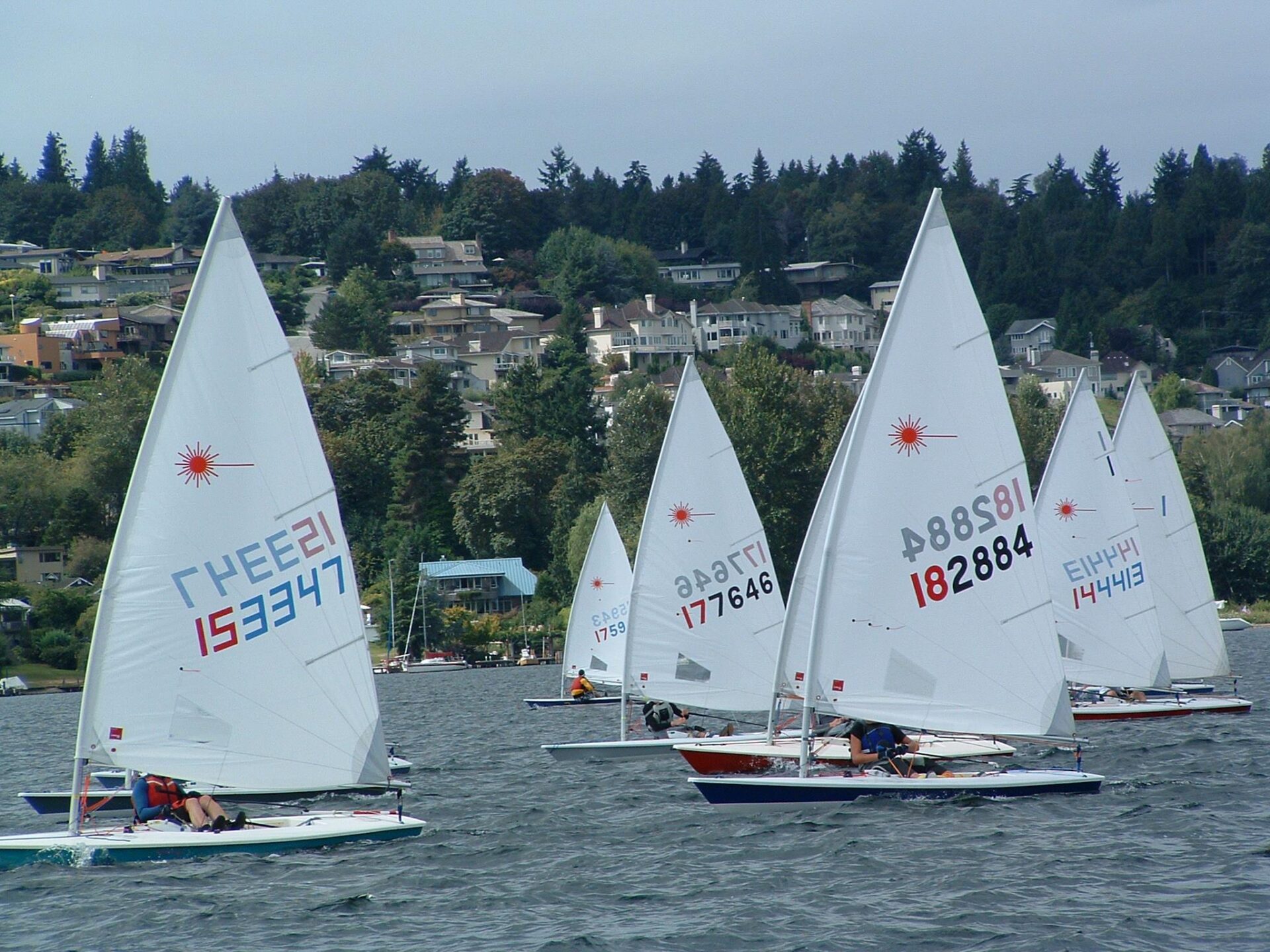
Latitude Nation Loves Their Dinghies and the Childhood Memories They Stir
Breaking News: Dinghies are awesome and everyone loves them.
We tested this hypothesis a few weeks ago when we posted the following black-and-white photo of a New Zealand “Zeddie,” or Z-Class, on our Facebook page. The photo went off the chart in likes (600) and comments (90), and gave us a glimpse into the special place that dinghies seem to hold in sailors’ hearts.
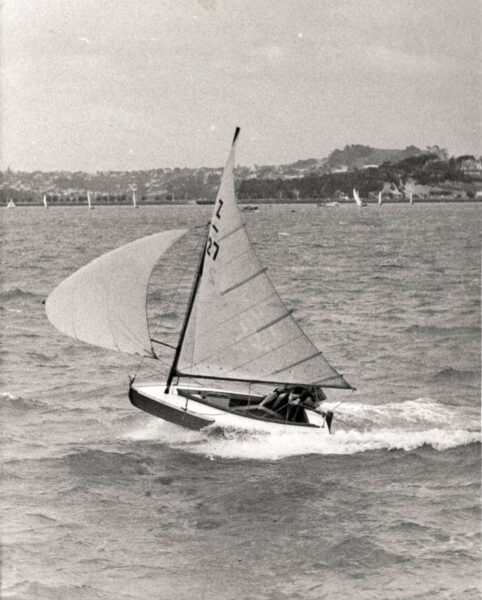
There are a remarkable number of Zeddie sailors out there. “My brother built a Zeddie at age 12 and I later raced it for a few seasons on the river from Waitara Boating Club. We once towed it from New Plymouth behind my Trekka and sailed in the Bay of Islands.” “My dad built and raced several Zeddies — he had a shed down on the water before the harbor bridge was built!” “Back in the day, sailing was affordable. Built my first ‘P-Class’ with my dad at a club-organized build. At that time, Zeddies were the dream boat to move onto, followed by Idle-Alongs and ‘R-Class’ — all still affordable as a student.”
The photo clearly struck a nerve. Sailing a dinghy is an amplified and more connected version of an already extraordinary feeling, where speed and planing are almost always on tap when it’s windy. But dinghies also beckon to one’s childhood. There is a grainy nostalgia about the photo that transported us back to a time when small boats ruled, when we couldn’t yet drive a car, but we could sail our own boat. It was freedom and adventure. It was agency and self-reliance. It was testing our nascent limits and abilities and building our confidence and knowledge, which permeated many aspects of our young lives.
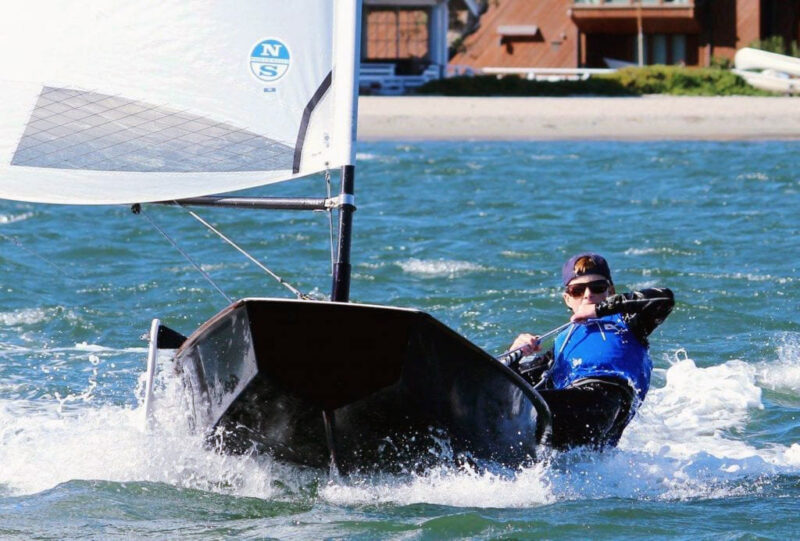
I started in a Sabot at Southwestern Yacht Club in San Diego in the mid-’80s, but quickly gravitated toward the then-new and popular Holder Hawk. It was FJs in college sailing, then onto 420s, the occasional ride on a Laser 2, and a 29er a few times. I probably never sailed a Laser until the late ’90s when I worked at the Navy Sailing Center in Point Loma. I was in my early 20s, and on those rare windy winter days in San Diego, I’d go blast around the bay. I even raced Lasers on Mission Bay a handful of times.
“If you were not on a planing reach while sailing, you have not experienced the full effect of sailing on your mind,” wrote Christopher Nash on the Zeddie Facebook thread.
Back in my day, there were a handful of revered dinghies that you might occasionally see at a yacht club as a one-off without a fleet, such as Flying Dutchman, 5O5s, and 470s. And then there were the boats that you only saw in magazines, such as International 14s and Aussie 18s. Those boats were so extreme and so inconceivably fast that they touched a deep place in the imagination. Years later, I found out that I-14s and Aussie 18s were actually very old classes.
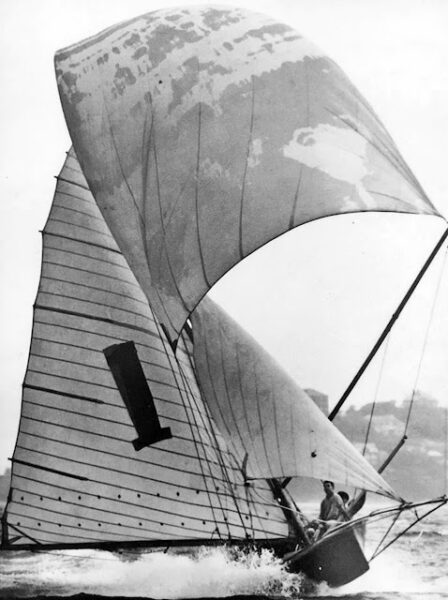
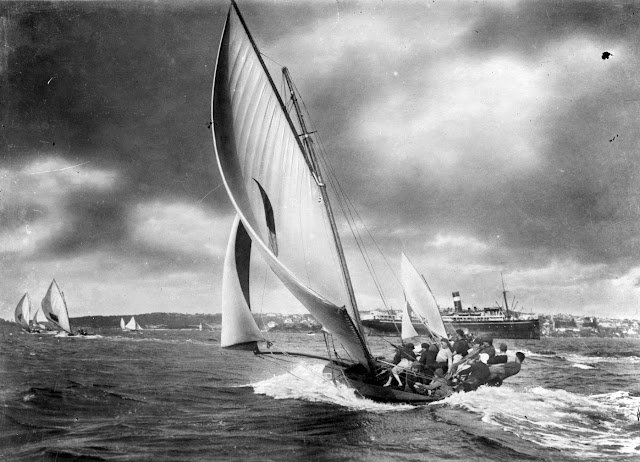
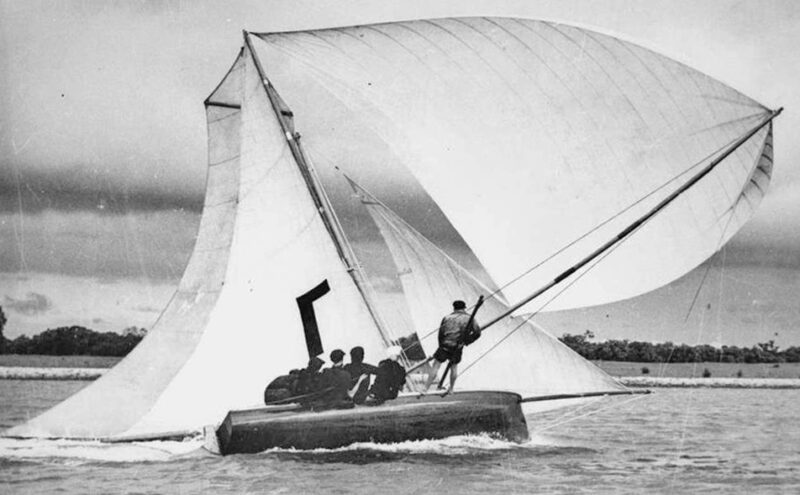
How does the saying go? “Big boats bring the glory, but small boats make the sailor?”
Nearly every America’s Cup and SailGP skipper — many of whom went on to sail in the Whitbread/Volvo/Ocean Race — is probably an Olympic champion in some dinghy class. That is certainly true of New Zealand skipper Peter Burling (a gold and two silvers in the 49er class) and English skipper Ben Ainslie (four golds and silver, some of them in Lasers). This isn’t a new phenomenon, either: Dennis Conner was a world-champion Star sailor, and took a bronze medal in the Tempest class at the1976 Olympics in Montreal, while Paul Cayard just missed the podium sailing Stars in the 2004 games in Athens. But he’s a Star champ, and “counts his 1988 Star Class World Championship as his most prized victory,” according to one source.
In The Joy of Small Boat Sailing, Jack London all but mocked mariners who couldn’t sail dinghies. When London was 12 and owned a “decked-over, 14-ft, centre-board skiff which I had taught myself to sail,” he took an English mariner whom he revered — “I sat at his feet as at the feet of a god” — out on the Bay. “I learned what a real sailor was in a small boat. He couldn’t trim the sheet to save himself, he nearly capsized several times. When we came back to the wharf, he ran the skiff in full tilt, shattering her nose. And yet he was a really truly sailor fresh from the vasty deep.
“A man can sail in the forecastles of big ships all his life and never know what real sailing is.”
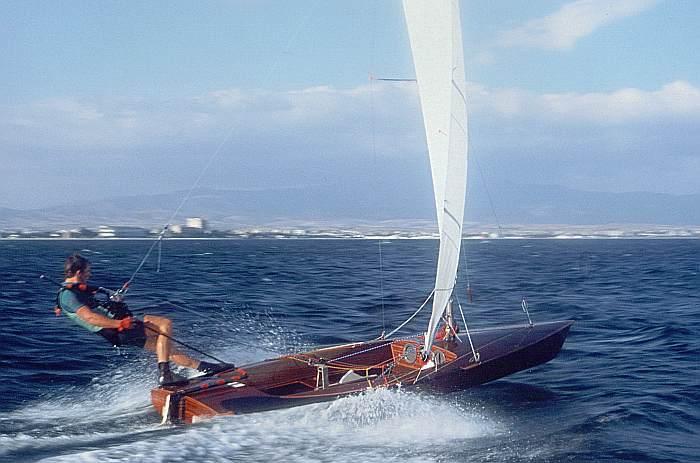
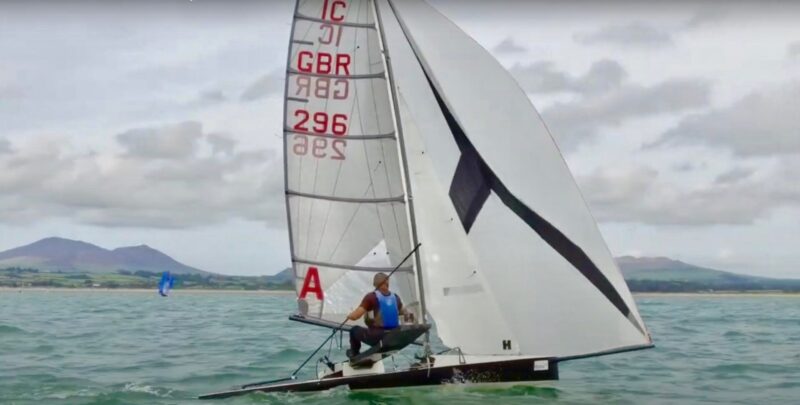
There is of course more than just the ultra high-performance, overpowered, over-canvassed, trapeze-laden classes of boat. In San Diego, it was Thistles, Lightnings and Snipes, and small keelboats such as Etchells and Solings. And we haven’t even begun to talk about multihulls. (Are small multihulls are considered “dinghies”?)
To me, dinghies have always been hyper-regional. What was the greatest boat at your yacht club and from your childhood — much like the New Zealand Zeddie — may be unknown to other sailors and dinghy aficionados.
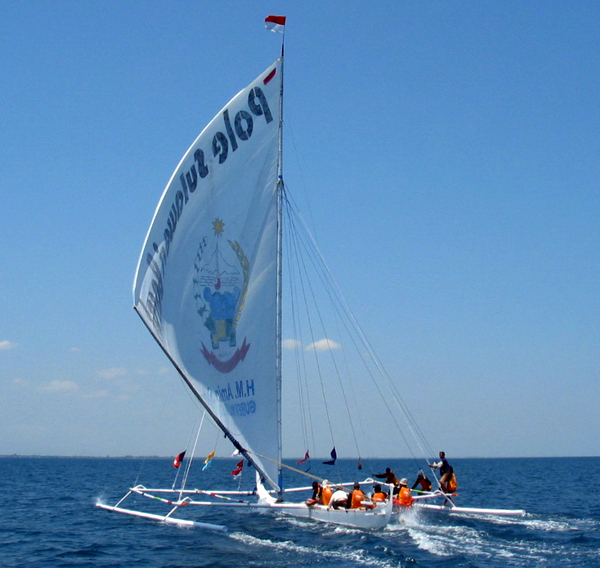
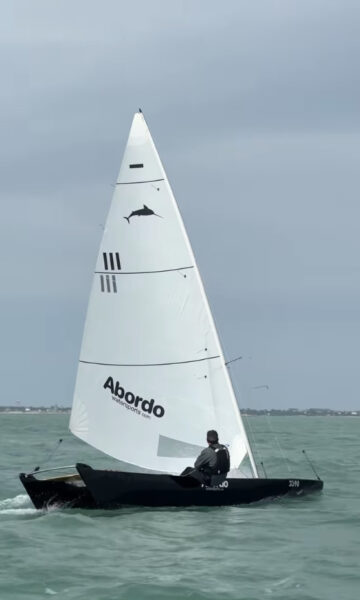
What about you, Latitudian? What kind of dinghies did you sail in your childhood — and which ones did you dream about? If you were to analyze your young self, could you name the skills/confidence/tools/etc. that sailing gave you as a child?
Please comment below, or write us here.
This story has been updated.

